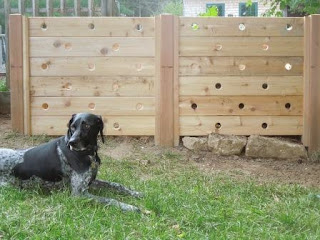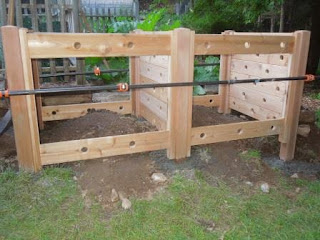Now that it's officially summer, my dehydrator has begun its unceasing mission, to remove water from fruit, vegetables, and herbs. It "dehydrates" so that microorganisms can not thrive and the food will not spoil. My gardens, local farms and farm markets (Pawling's opened on June 22nd), now supply abundant produce, and the dehydrator gently coaxes the moisture from the food, to preserve it for up to a year.
My potatoes, tomatoes, squash and bean plants are all flowering and beginning to produce fruit. So I'll soon be blanching and slicing to preserve the garden's surplus. The cabinets, filled with preserved produce, will sustain us during winter's scarcity.
If live in the area and are curious about this preservation technique...
Join me for a Free Workshop on Food Dehydration















